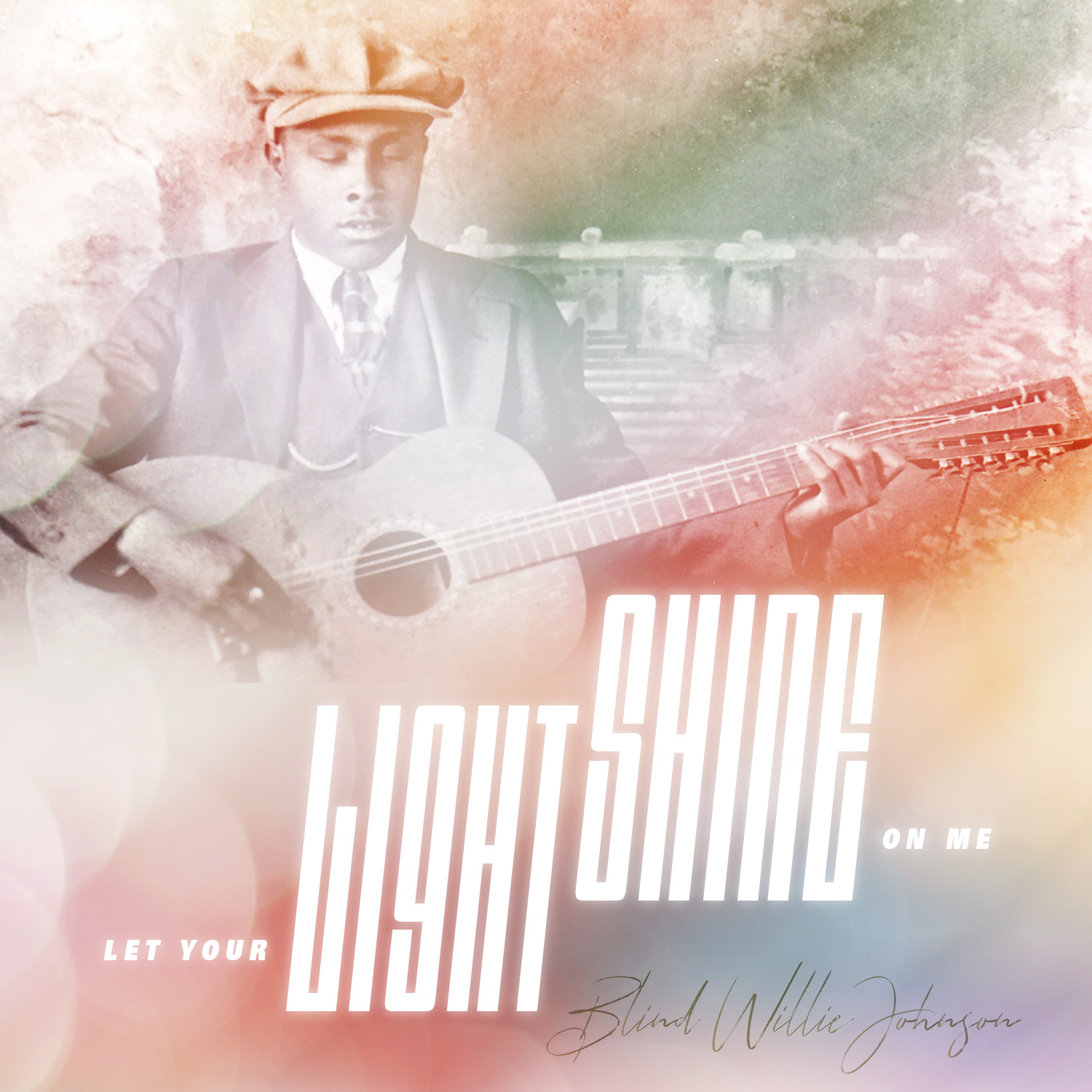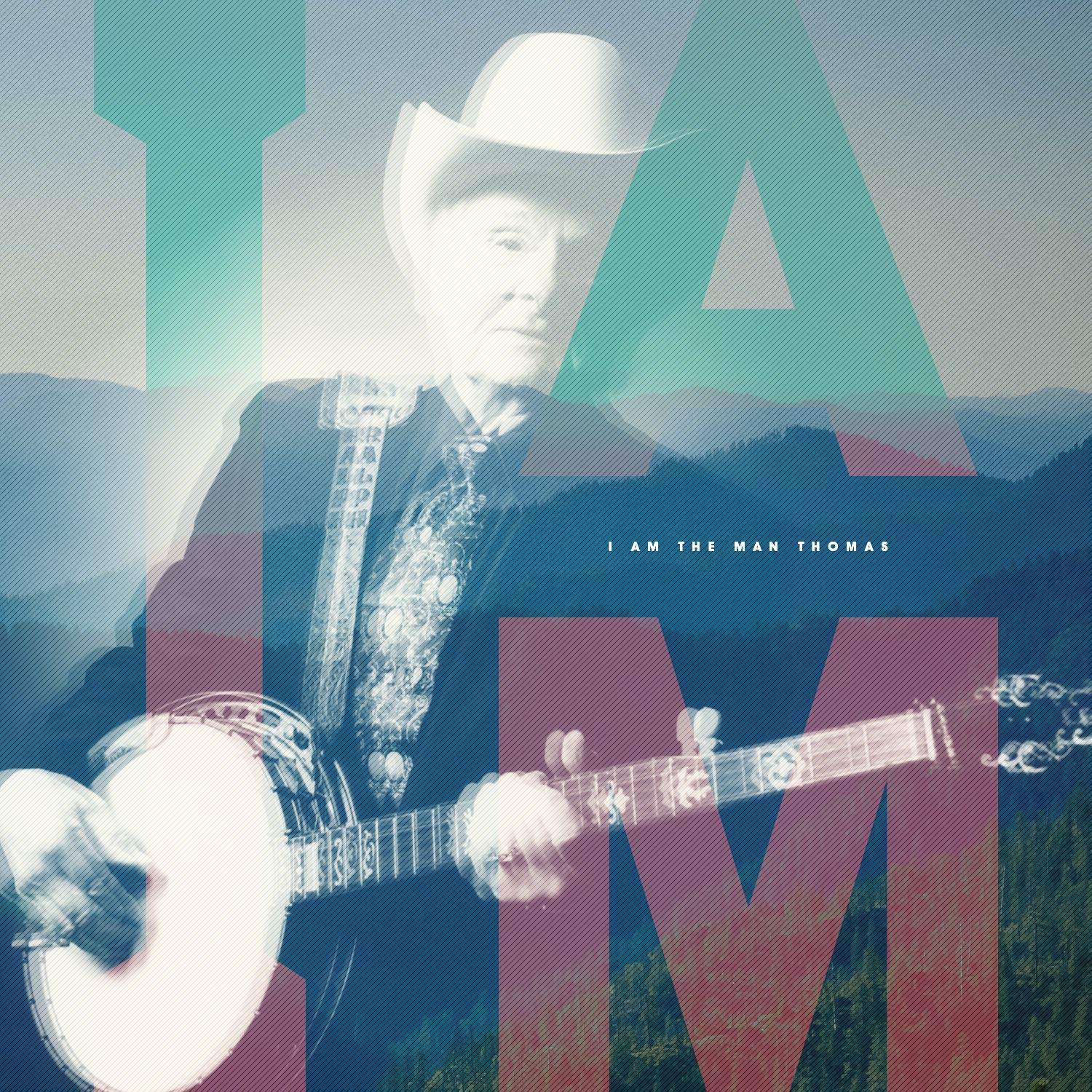Turn Your Eyes Upon Jesus was inspired by Lilias Trotter’s tract entitled Focused. Trotter was a successful self-taught artist and missionary friend of the hymn’s author, Helen Howarth Lemmel. First published in 1918, this hymn which was also known as The Heavenly Vision, became one of the standards in church hymnals since.
Early in her career, Lemmel was a gifted singer and later became a vocal music teacher at the Moody Bible Institute for a number of years. She died in 1961 at 97 without ever retiring from her contributions. During her lifetime, Lemmel wrote more than 500 hymns and poems.
Christian singer Lauren Daigle recorded her beautiful version of Turn Your Eyes Upon Jesus for the 2018 Look Up Child album.
© Helpful Creative
Sources: Songfacts + Wikipedia + Lds Media Library




















